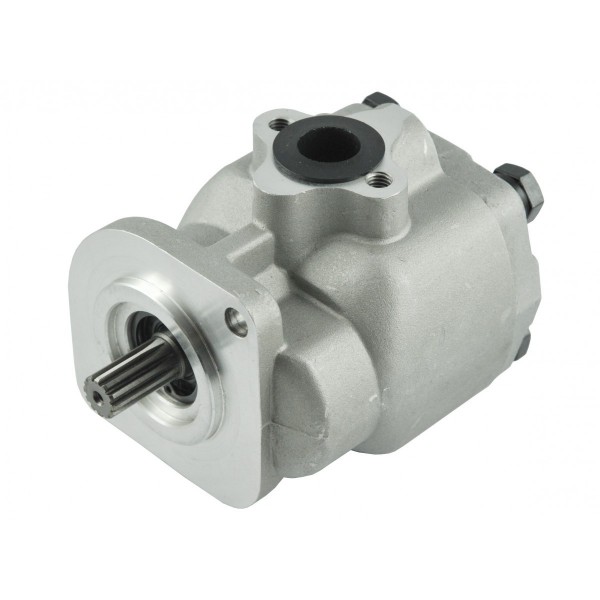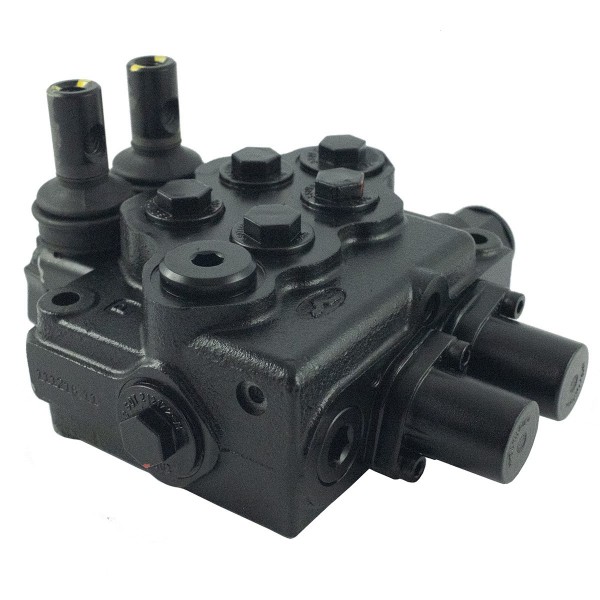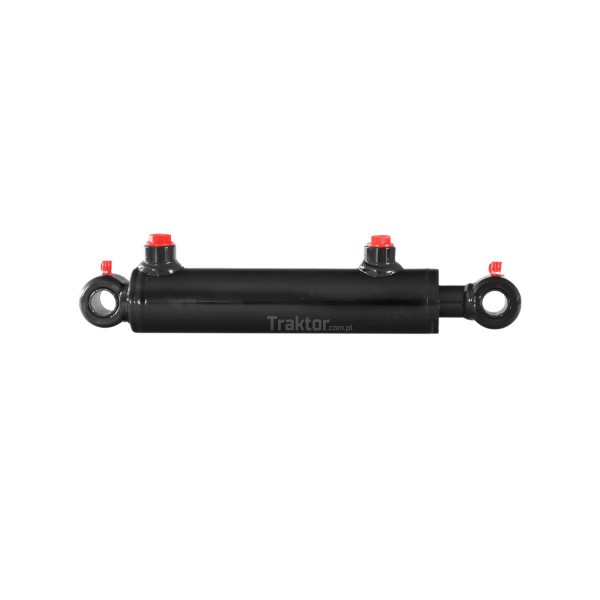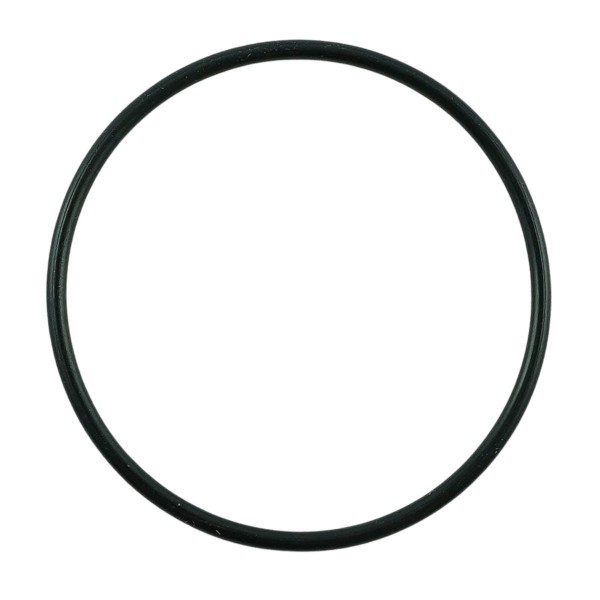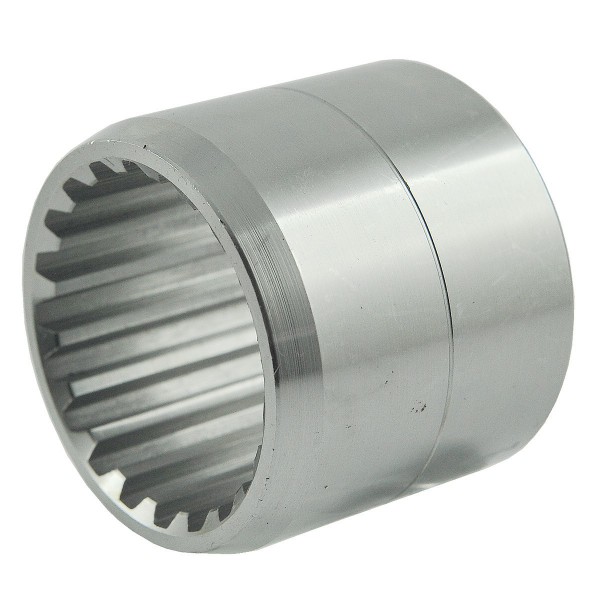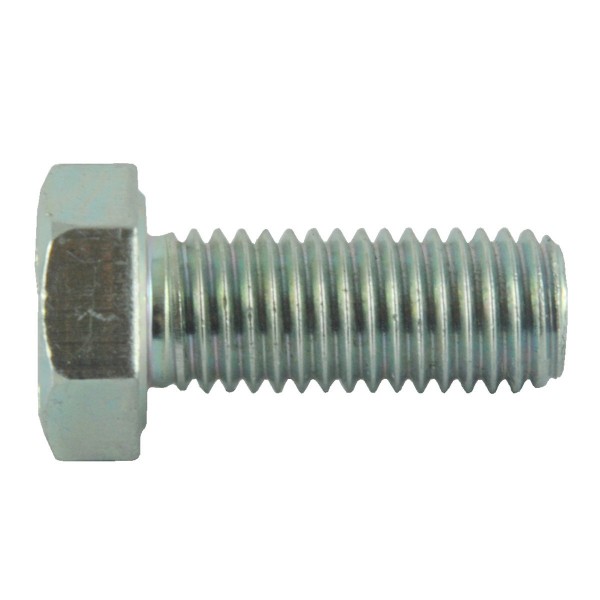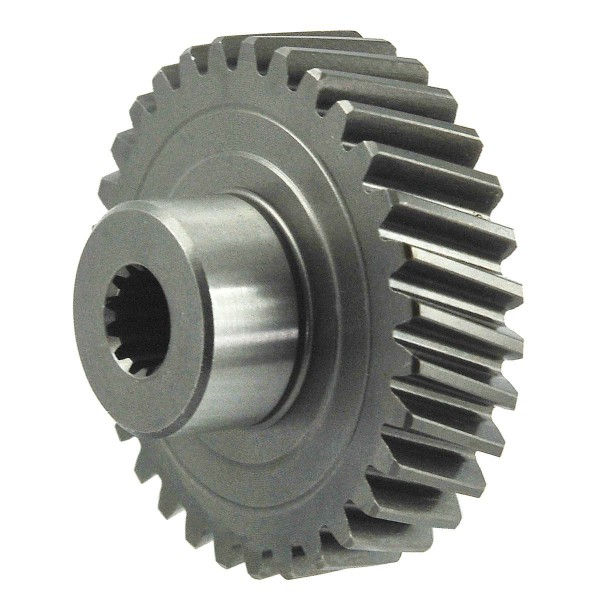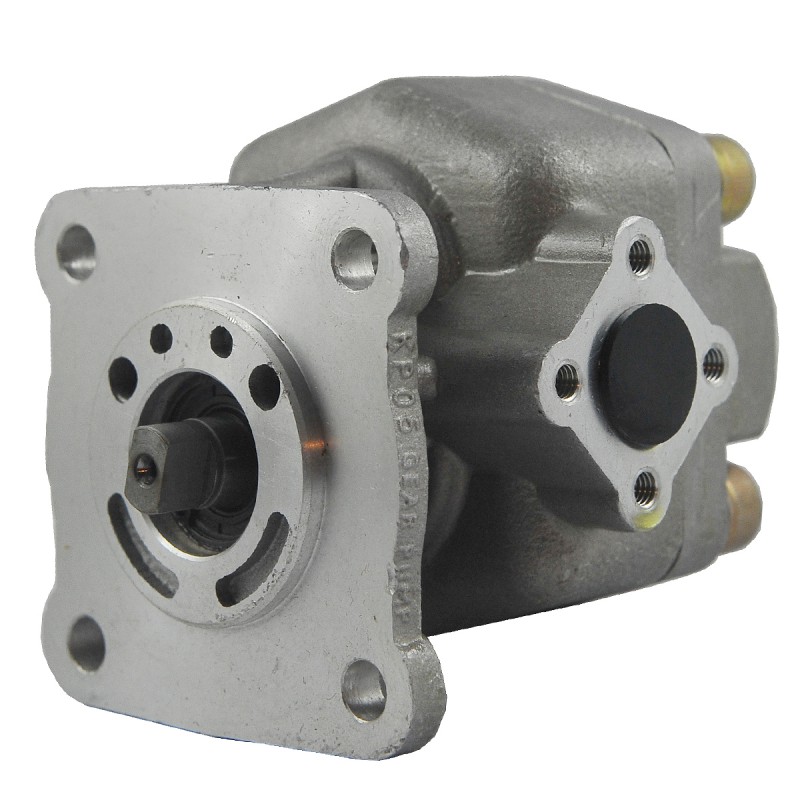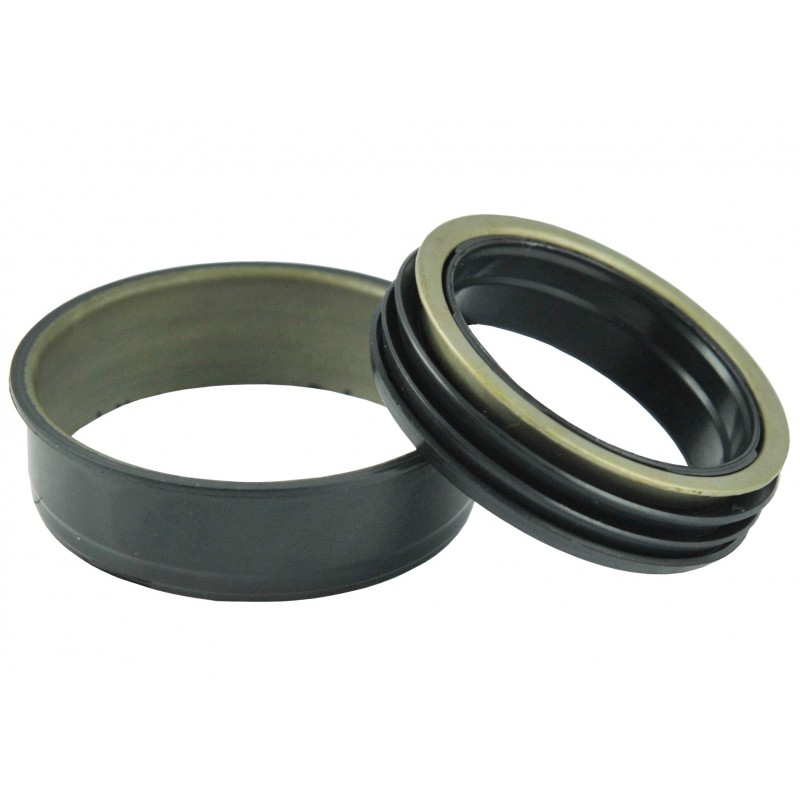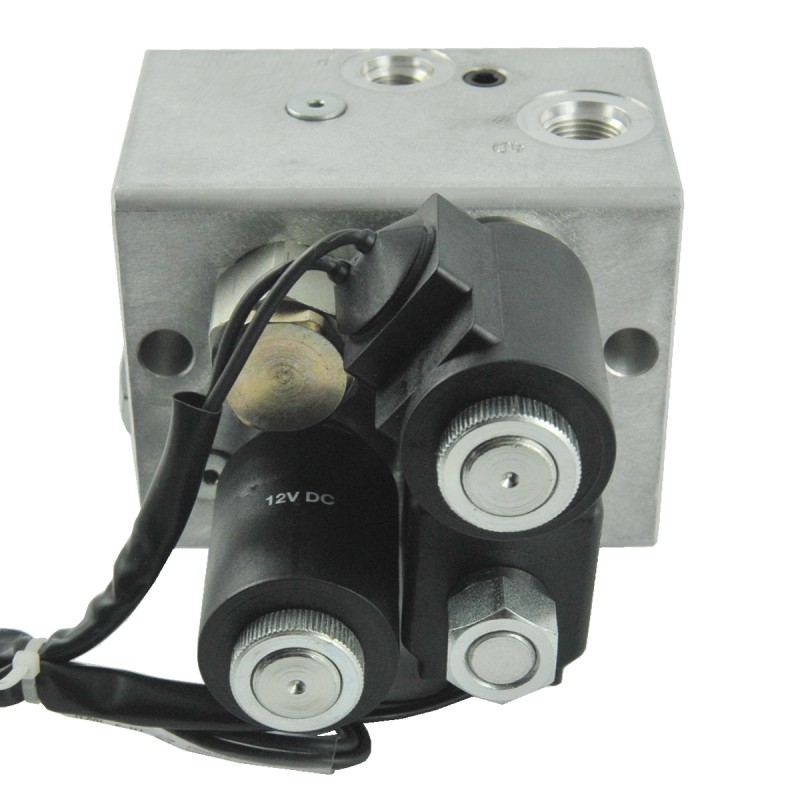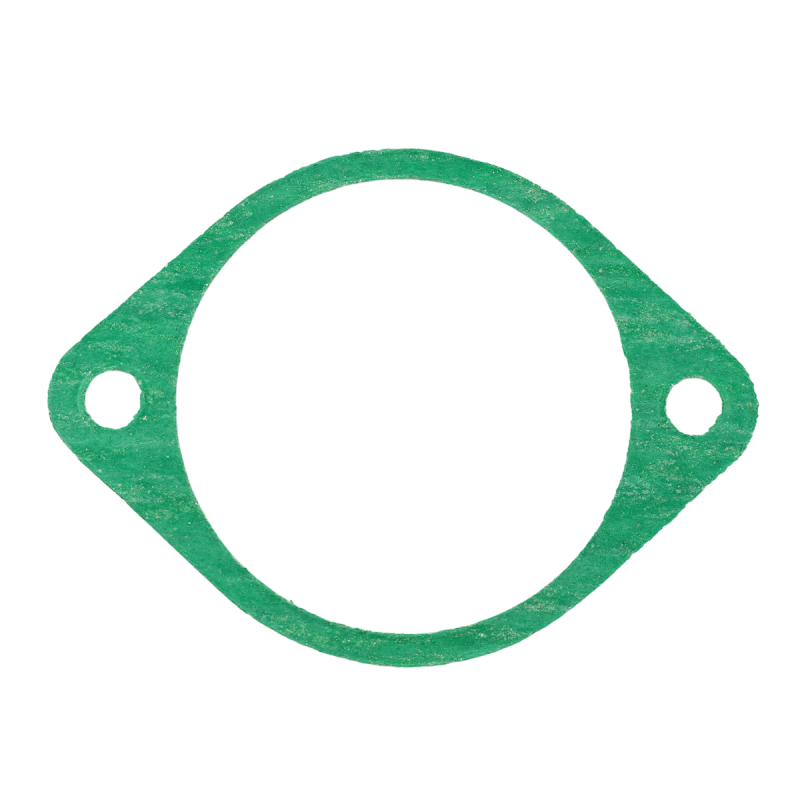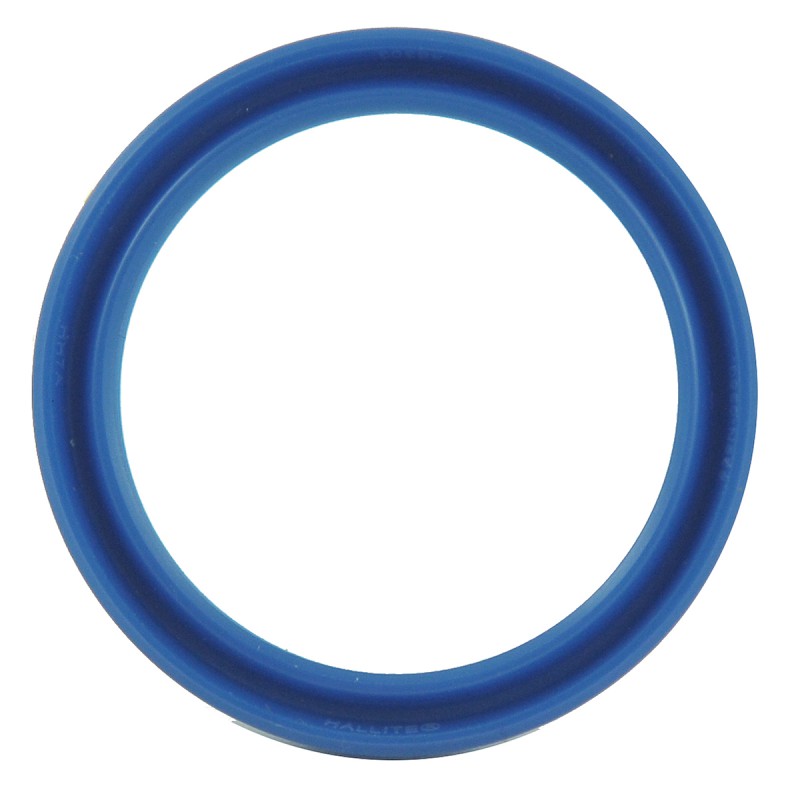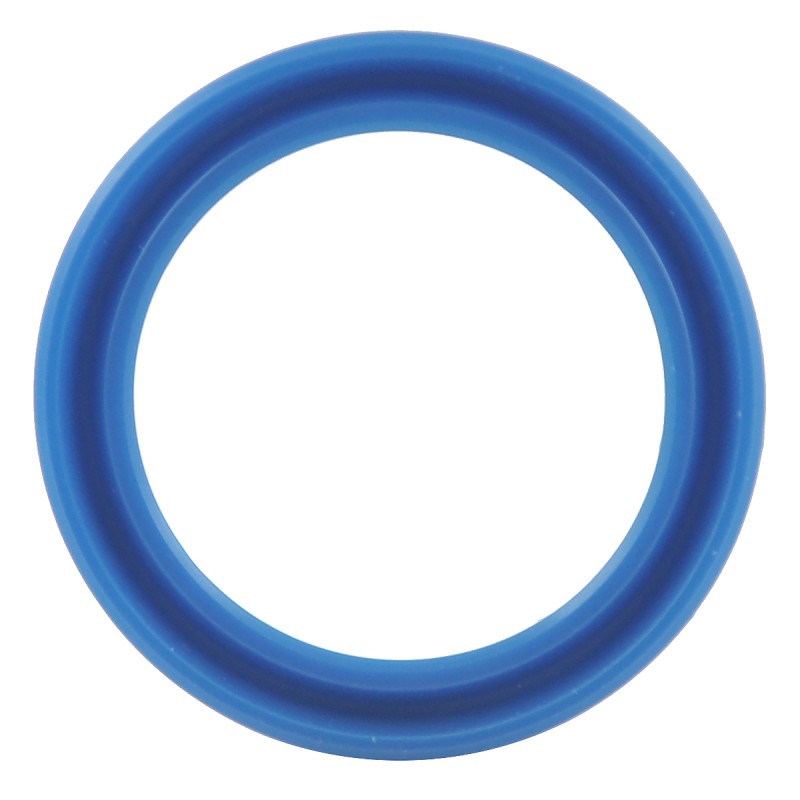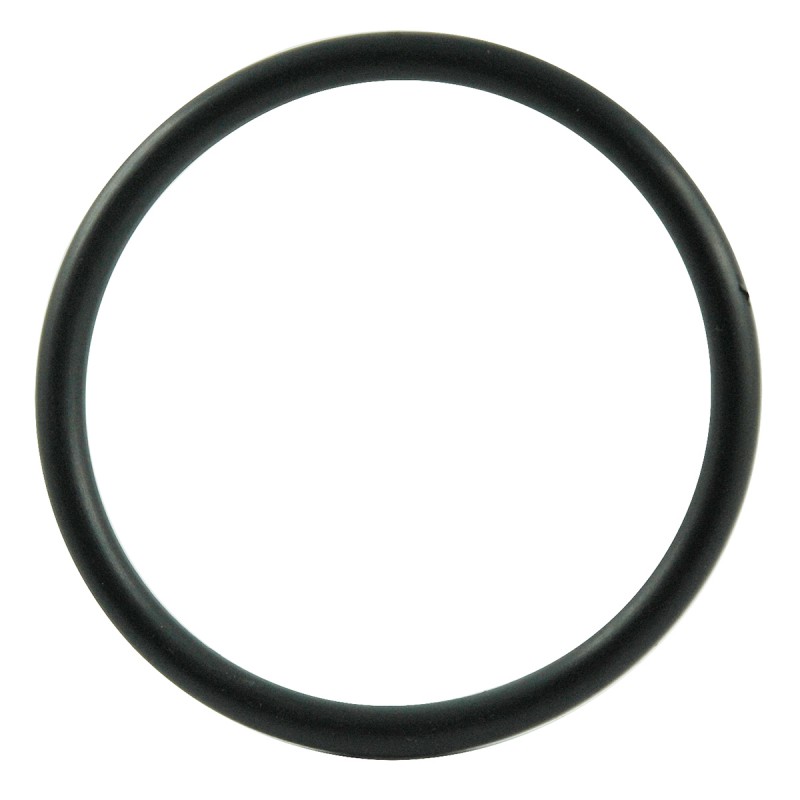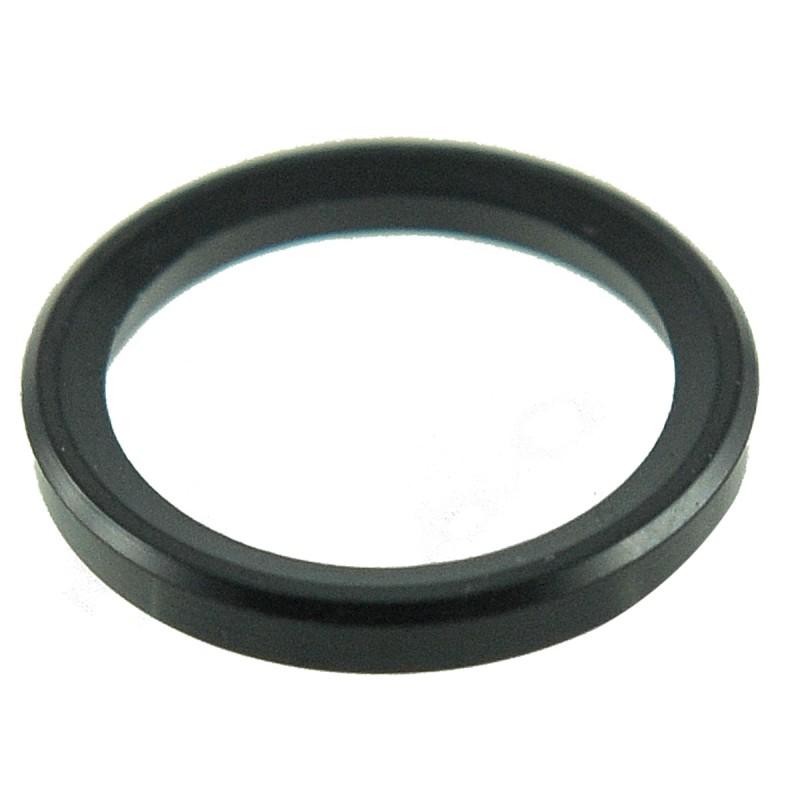zł899.00
Sort by:
Showing 1-12 of 411 item(s)
zł880.00
zł899.00
zł150.00
zł55.00
zł55.00
zł4,448.26
zł10.42
zł40.05
zł38.15
zł12.45
zł45.05
Hydraulic system
The hydraulic system is crucial to the functionality of modern tractors, significantly increasing their versatility and efficiency. Thanks to hydraulics, tractors can operate a wide range of implements and machines, allowing them to perform a variety of agricultural tasks with greater precision and efficiency. Regular maintenance and care of the hydraulic system are essential to ensure the longevity and reliability of your tractor.
Main parts of the hydraulic system:
- Hydraulic pump: Produces the flow of hydraulic oil that is necessary for the operation of the entire system.
- Hydraulic oil tank: Stores the hydraulic oil that circulates in the system.
- Hydraulic actuators: Convert hydraulic energy into mechanical movement. They can be single-acting or double-acting, depending on the need.
- Control valves: Control the flow of hydraulic oil to various parts of the system, allowing precise control of cylinder movements.
- Hydraulic filters: Remove contaminants from hydraulic oil, protecting system components from damage.
- Hydraulic lines: Conduct hydraulic oil between various components of the system.
Principles of operation of the hydraulic system:
- Pressure generation: The hydraulic pump draws oil from the tank and generates high pressure.
- Flow Control: Control valves direct oil flow to appropriate actuators or other system components.
- Mechanical movement: Hydraulic oil under high pressure moves to the actuators, causing them to move (raise, lower, move).
- Oil return: Oil returning from the actuators goes back to the tank, where it is reused by the pump.
Types of hydraulic systems:
- Open system: Oil flows from the pump to the valves and returns to the tank when the valves are in the neutral position. It has less complexity and is widely used in many tractors.
- Closed system: Oil flows in a closed circuit between the pump and the actuators, without direct return to the tank. It is more complicated, but offers greater precision and efficiency.
Hydraulic system maintenance:
- Checking the hydraulic oil level: Check and top up the hydraulic oil regularly.
- Replacing hydraulic filters: Change filters regularly to keep the oil clean.
- Hose and Fitting Inspection: Check hoses for leaks and damage, repair or replace as necessary.
- Checking the condition of actuators and valves: Maintain actuators and valves in good working order through regular inspection and servicing.



